Zero-Knowledge Rollups: Beyond L2 and Toward Private DeFi
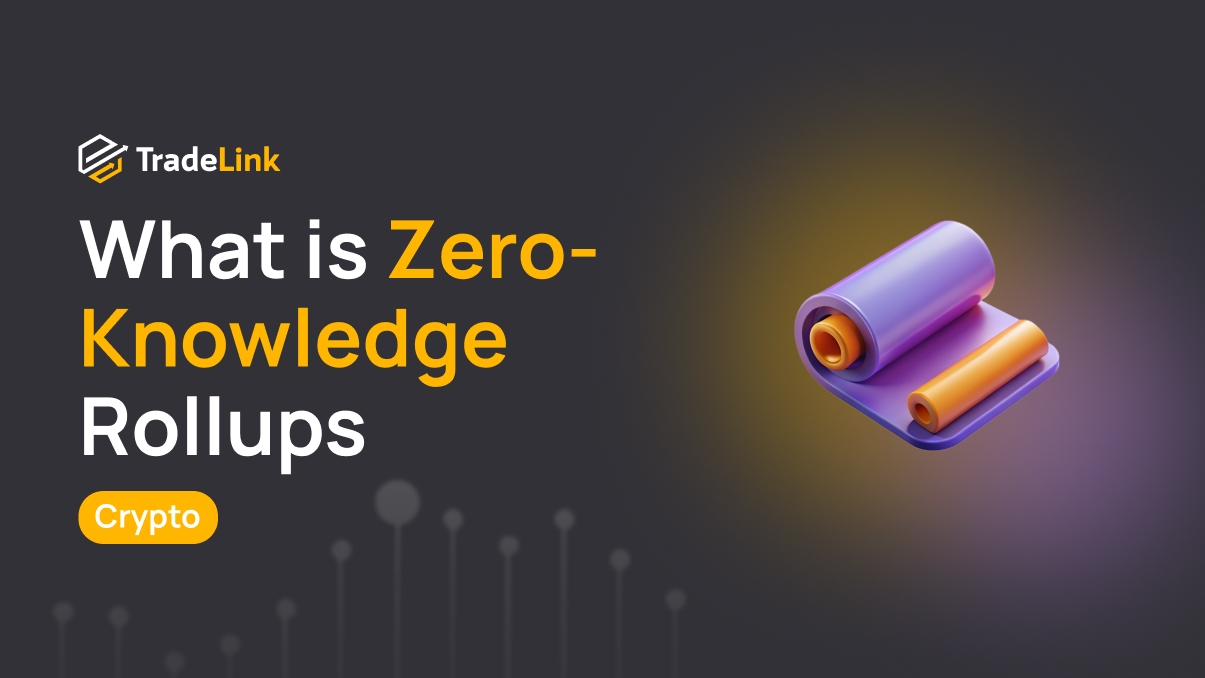
Contents
- Introduction
- What Are Zero-Knowledge Rollups
- Zk-Rollups vs. Optimistic Rollups
- How zk-Rollups Enable Privacy
- Private DeFi Potential with zk-Rollups
- Architecture and Technical Components of zk-Rollups
- Projects Developing zk-Privacy
- Limitations and Challenges
- What’s Next: zk-Rollups Beyond Layer 2
- Conclusion
Introduction
Zero-knowledge rollups (or zk-rollups for short) are a technology that solves two problems: they make blockchains faster and help hide unnecessary information about transactions. This is especially important today, as more users enter DeFi and networks often struggle to handle the load.
First-layer networks, such as Ethereum, are frequently overloaded. As a result, transactions are processed slowly and become expensive. Developers are seeking ways to address this issue without compromising the blockchain’s security. One such method is building additional second-layer solutions, known as Layer 2.
What Are Zero-Knowledge Rollups
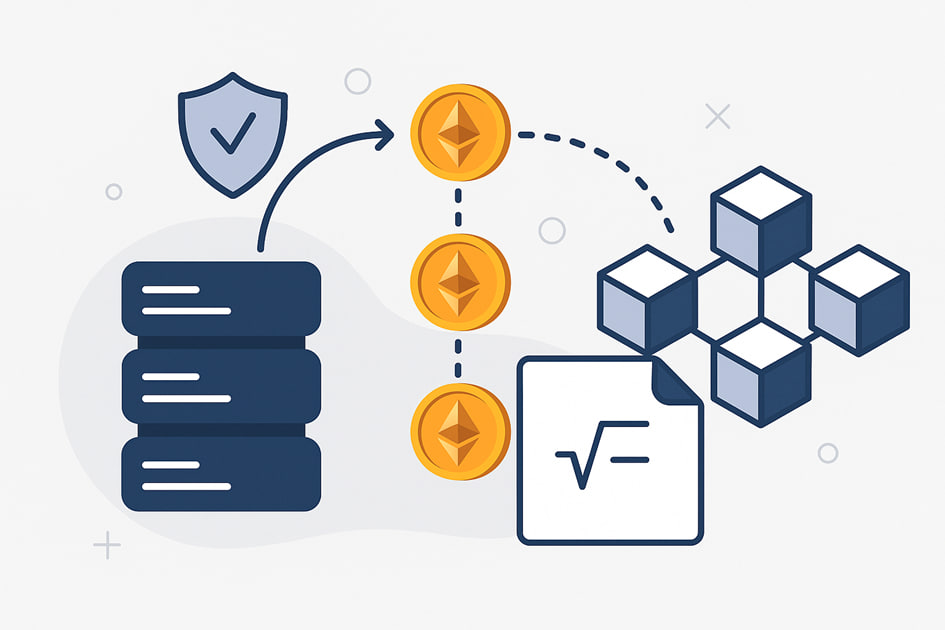
A zk-rollup is a method for processing transactions outside the leading blockchain network. It’s a Layer 2 solution, which means the actual work happens off-chain, but with continuous verification on-chain. This approach reduces the load on the main blockchain, thereby increasing operational efficiency.
The zk-rollup mechanism works as follows:
- A large number of transactions are collected in a single system outside the main blockchain.
- The system creates an extraordinary proof that confirms all transactions were processed correctly.
- This proof is then submitted to the main blockchain, where it is verified and validated.
Most importantly, the blockchain doesn’t receive all the details of each transaction. It only receives proof that everything was processed correctly.
Thanks to this mechanism, zk-rollups maintain the security and accuracy of blockchain operations while significantly speeding up the process and lowering fees.
Zk-Rollups vs. Optimistic Rollups
Second-layer technologies help blockchains operate more quickly and affordably. The most popular among them are zk-rollups and optimistic rollups. Both collect transactions off-chain and later submit the result to a Layer 1 blockchain. However, there are key differences between them.
| Criterion | zk-rollup | Optimistic rollup |
|---|---|---|
| Confirmation Speed | Verification is almost instant, thanks to cryptographic proof. | Confirmation is delayed by several days to allow for possible disputes. |
| Privacy | Can hide transaction details, including participants and amounts. | Does not support privacy; all data is publicly available. |
| Reliability | Errors are ruled out — the system requires proof before accepting a transaction. | Errors are possible if not caught during the dispute period. |
| Data Storage | All data is stored on-chain. | Data is also stored, but verification is slower. |
| Withdrawal Time | Nearly instant. | Delay of up to a week. |
How zk-Rollups Enable Privacy
One of the features of zk-rollups is the ability to verify transactions without revealing their content. This is achieved using zero-knowledge proofs.
There are two main types of such technologies:
- zk-SNARKs — compact proofs that are quick to verify and take up little space. For the system to work correctly, a special setup process is required at the beginning. If someone were to retain the data from this setup, they could potentially forge transactions. That’s why the setup process must be transparent and secure.
- zk-STARKs — a different kind of proof that doesn’t require an initial trusted setup. These proofs are larger but operate without trust in participants and are better suited for verifying large volumes of data.
Both technologies enable the blockchain to verify that everything was done correctly, without revealing who was involved or the amounts transferred.
Private DeFi Potential with zk-Rollups
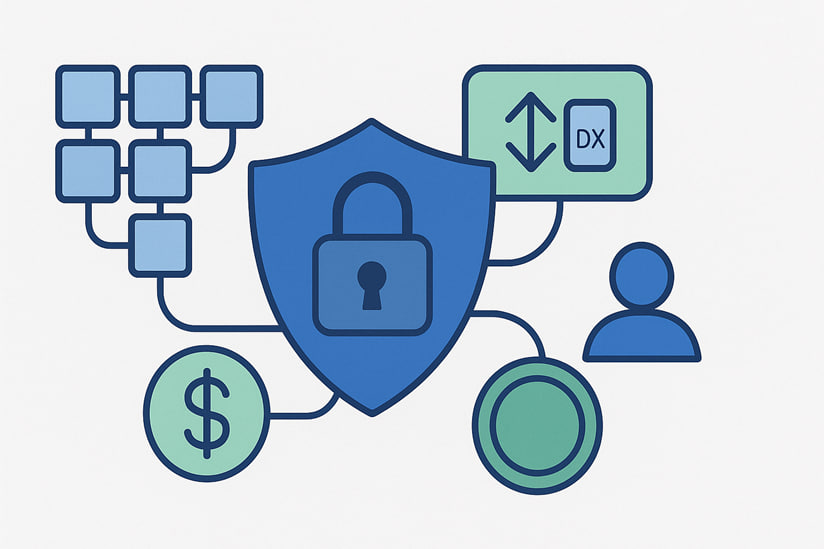
Today, many DeFi users face a challenge — all blockchain actions remain visible. Anyone can see who sent what and how much. This violates basic expectations of financial privacy. Zk-rollups offer a solution by allowing transactions without disclosing personal data.
Zk technologies can hide:
- Sender and recipient addresses
- Exact transfer amounts
- The fact that a transaction took place
This enables truly private transactions. It’s especially important for large capital holders, institutional investors, and users who don’t want to reveal their market strategies.
Zk-rollups also create possibilities for private lending. A borrower can receive funds without disclosing their collateral amount or wallet address. The system only verifies that collateral exists and is sufficient in amount. All other details remain hidden.
Additionally, zk enables confidential token swaps. A user can exchange one token for another without anyone being able to see the trade parameters. This protects against frontrunning and other forms of manipulation.
Many new protocols are already adopting this model, building platforms where privacy isn’t a bonus — it’s a core feature.
Architecture and Technical Components of zk-Rollups
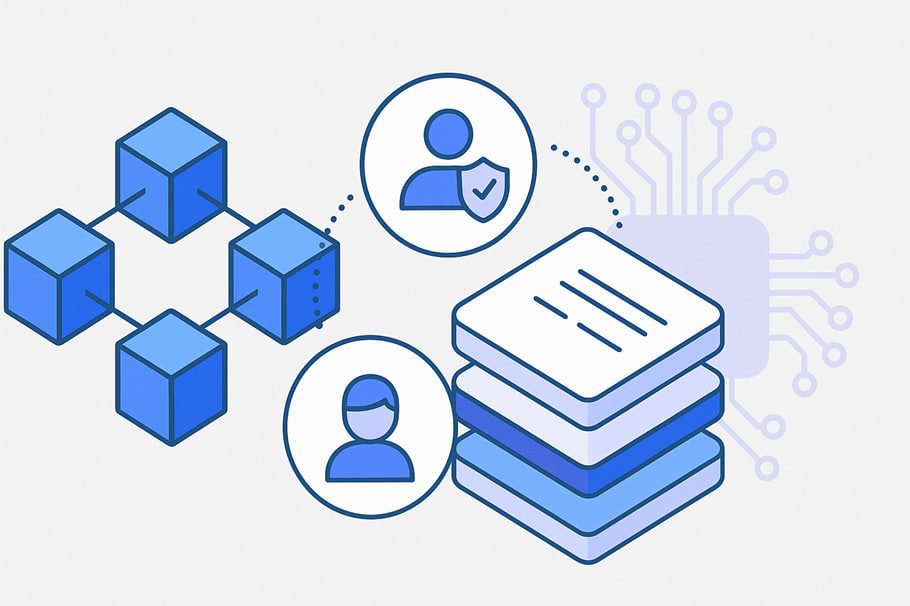
The primary task of a zk-rollup is to verify that all transactions are valid and to do so efficiently. This is done using a system called prover/verifier, which has two parts:
- The Prover collects all transactions and creates a validity proof.
- The Verifier receives this proof and checks it on the Layer 1 network.
Modern zk-rollups employ a method known as recursive proofs. This technology combines multiple small proofs into a single, comprehensive proof. The network receives only one result instead of dozens or hundreds of individual checks. This greatly accelerates processing and reduces the blockchain load.
Smart contracts on the leading network play a key role. They accept proofs from Layer 2, verify them, and update the state. All balances and data are stored on-chain. If something goes wrong on Layer 2, the leading blockchain can restore the correct state.
Communication between layers happens through special message-passing mechanisms. This allows updating information, transferring assets, and invoking functions across networks. This exchange is secure, as the entire system relies on mathematical proof that cannot be forged.
Projects Developing zk-Privacy
Zero-knowledge technologies are no longer just a concept from the distant future. Several real projects already use zk-rollups in production. Each offers its approach to privacy and scaling.
- zkSync — a Layer 2 platform built on zero-knowledge proofs. It enables cheap and fast transactions. Developers focus not just on speed, but also on user experience. zkSync doesn’t entirely hide transaction details, but includes features that enhance privacy.
- Scroll — a project creating zk-rollups with full compatibility with Ethereum. Its goal is to preserve the familiar developer environment while adding scalability through zk-proofs. Scroll doesn’t centre on privacy but lays the groundwork for future integration.
- Aztec — a privacy-focused project that hides addresses and amounts in transactions. Within Aztec, users can send assets and perform actions without revealing any specifics. This is crucial for private DeFi.
- Starknet — a scalable platform based on zk-STARK technology. It operates as a standalone ecosystem with its virtual machine. Starknet supports a high transaction volume and enables the building of private apps. The level of privacy depends on how developers use the tools the platform provides.
Limitations and Challenges
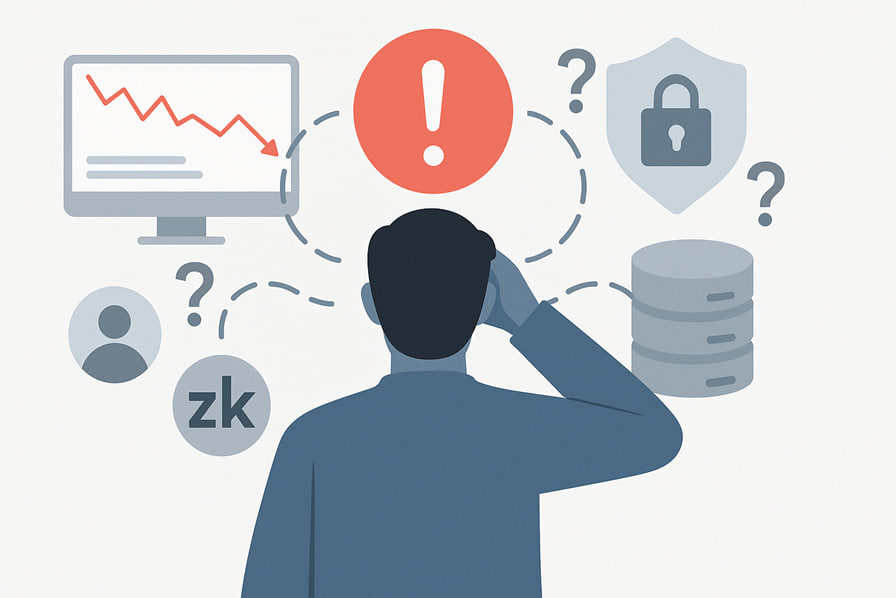
Despite the advantages of zk-rollups, several challenges remain. These obstacles slow down mass adoption and require further development.
High computational load
Generating zk-proofs demands significant processing power. Even a simple transaction may take considerable time and resources. This complicates scaling, especially under heavy demand.
Development complexity
Developers must work with a new set of tools. Most libraries, languages, and frameworks for zk are still maturing. This slows ecosystem growth, as not all teams are ready to dive into complex algorithms.
Regulatory issues
Some countries require complete transparency for all transactions. zk-tech hides data, which can lead to legal complications. Projects may need to find a balance between privacy and compliance.
Compatibility with existing DeFi
Many current protocols aren’t ready to handle anonymous transactions. Supporting them may require adding new modules and changing app structure. This takes time and effort for teams already committed to different architectures.
What’s Next: zk-Rollups Beyond Layer 2
Today, zk-rollups are mainly used for scaling blockchains. But the technology is already expanding into new areas.
- Cross-chain communication
Blockchains operate like separate islands. Moving assets between them often requires bridges, which can be vulnerable to attack. Zk proofs enable the verification of events in one network from another without requiring trusted intermediaries. - Privacy requirements
Some users want to keep their actions private, while others must protect data due to handling sensitive information. zk-tech enables the verification of access rules, the performance of calculations, and the transmission of values without exposing raw data. - Regulatory compatibility
Many blockchain projects face regulations that require transparency or data tracking. Zk-proofs enable users to prove that they have passed a check (for age, location, etc.) without disclosing unnecessary details. This supports legal compliance without sacrificing privacy.
Zk-technology has moved beyond transaction optimization. It now forms the foundation for interaction, governance, access control, and compliance. Its use is expanding into areas that were previously closed to public blockchains.
Conclusion
Zk-rollups reduce blockchain load, lower fees, and enhance privacy. They are already in use in payment systems, decentralized finance, and cross-chain transfers.
The technology solves significant problems, but its implementation remains complex. Interfaces, performance, compatibility with existing protocols, and legal requirements all influence the speed of adoption.
Future development will depend on how convenient and stable zk-solutions become in real-world applications.